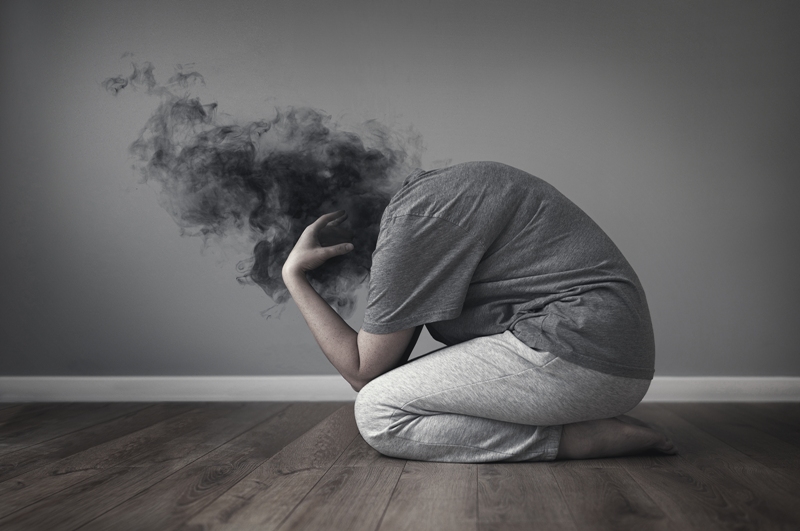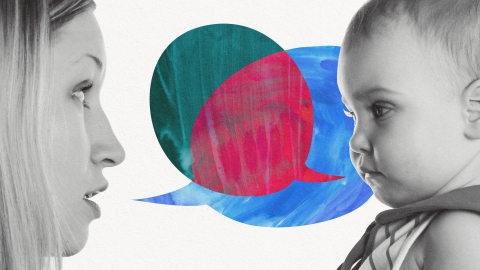
Bones in the body are in a state of renewal constantly. Old bone gets broken down and new bone is made. New bone is made faster by the body when a person is young as compared to breaking down of old bone. Hence there is increase in bone mass. By their early 20s most people reach their peak bone mass. As people get older there is faster loss of bone mass as compared to creating new bone. Depending upon the amount of bone mass attained at a younger age, chances of developing osteoporosis may or may not arise. If the peak bone mass is higher then there is more bone in stock and chances of developing osteoporosis while aging is much lesser. Lifestyle choices, race, age, medical treatments and medical conditions are risk factors that can increase chances of suffering from osteoporosis.
There are certain risk factors that may not be in control of the person, including race, family history, the size of body frame, age and gender. As compared to men, women are more likely to develop osteoporosis. Women and men having smaller body frames are at higher risk of getting the disease as the body does not have too much bone mass to draw as they grow older. Bones can weaken due to low level of sex hormones, too much of thyroid hormone and overactive adrenal and parathyroid glands. Process of rebuilding of bone can get affected in people with low calcium intake, gastrointestinal surgery, eating disorders and long term use of injected or oral corticosteroid medications like cortisone and prednisone. Medications used for preventing or combating diseases like cancer, gastric reflux and seizures could also cause osteoporosis. People suffering from rheumatoid arthritis, celiac disease, multiple myeloma, inflammatory bowel disease, lupus, cancer, liver or kidney disease could suffer from osteoporosis.
In the early stages of loss of bone, there are no symptoms typically. However once the bones get weakened by osteoporosis, signs include a stooped posture, pain in the back caused by a collapsed or fractured vertebra, loss of height over a period of time or a bone fracture that occurs much more easily than expected.
Osteoporosis has some serious complications like fractures in the hip or spine. Vertebrae bones weaken and may crumple causing loss of height, pain in the back or a hunched forward posture.
If the person has taken many corticosteroids for several months, has gone through early menopause or if either of the parents has had fractures in the hip, then a doctor must be contacted.
Diagnosis is done by a painless test. The machine used for the test uses low level X rays to measure density of bones or mineral proportion in the bones. The person lies on a padded table and a scanner passes over the body, to check out bones.
Depending upon the bone density test and risk of bone breakage in the next ten years, treatment is given to the patient. More focus is laid on risk factors of falls and bone loss is modified and medication may not be given if the risk isn’t high. For women and men, with high risk of fracture, bisphosphonates like Zoledronic acid, Alendronate, Ibandronate and Risedronate are given. Medications have to be properly taken or side effects like heartburn, pain in abdomen and nausea may be experienced. To help maintain density of bones, hormone related therapy is given. Other medications used in Osteoporosis treatment include Teriparatide and Denosumab. Alternative medication like Ipriflavone and soy protein can help reduce chances of fractures






